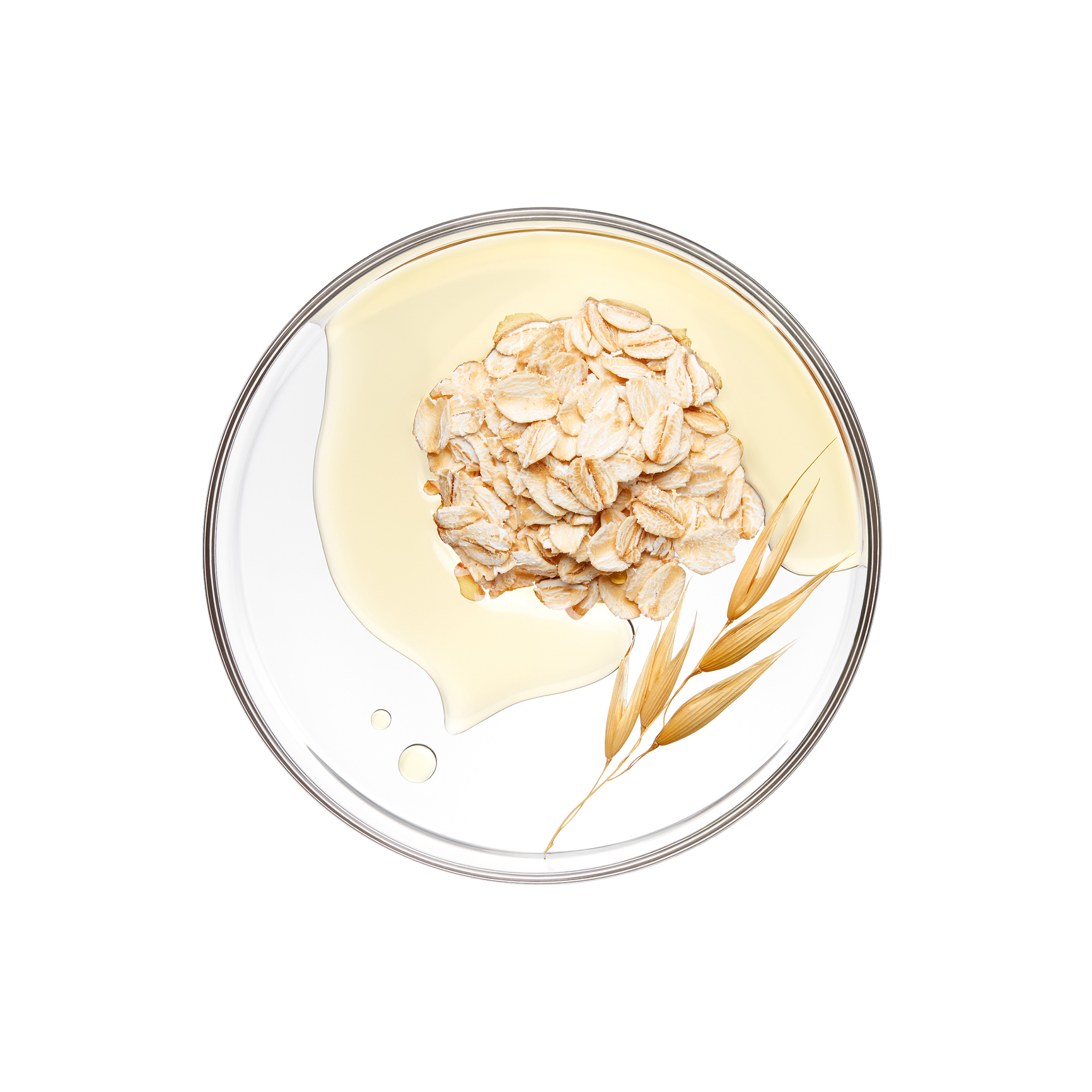There’s no shortage of buzzy skincare ingredients making their rounds in the beauty aisle. If you consider yourself a skincare enthusiast, you’re likely familiar with the hydrating powers of hyaluronic acid or the acne-fighting abilities of salicylic acid. Such ingredients became popular for a reason; they’ve been shown to be effective for a large number of people, and are available in a growing variety of concentrations and formulations. However, there are so many skincare ingredients that have, for some reason, managed to fly under the radar — but are just as powerful as their all-star counterparts.
Here, we spoke with NYC board-certified dermatologist Dr. Hadley King to get the scoop on some lesser-known skincare ingredients that could just be the ever-elusive key to achieving your skin goals.
Mandelic Acid
Want more out of your chemical exfoliator? Mandelic acid might be the answer. When it comes to chemical exfoliants, there are two major players: alpha-hydroxy acids (or AHAs), which sloughs off dead skin cells from the top layer of your skin, and beta hydroxy acids (or BHAs), which goes beyond the skin’s surface to remove built-up dirt and oil from your pores. That’s why AHAs typically work better for tackling wrinkles and sun damage, and BHAs are better suited for treating acne. Mandelic acid, an increasingly popular AHA, is able to do a bit of both — so if you’re looking to address skin issues both on the surface and deeper into your pores, keep listening.
Derived from bitter almonds, mandelic acid has long been used as an antibacterial medicine, particularly in the treatment of urinary tract infections, Dr. King explains. Recently, it’s been added to topical skincare products to treat a variety of skin concerns.
According to Dr. King, mandelic acid “can exfoliate the epidermis, alleviating sun damage and wrinkles.” “It can also work like salicylic acid,” she continues. “It cannot penetrate as deep into the pore as salicylic acid, but it is able to exfoliate within the pore, allowing the release of comedones.”
Asiatic acid
Centella Asiatica (often referred to as “cica”) is an antioxidant-rich herb that has origins in traditional Chinese and Ayurvedic medicine. One of the herb’s active ingredients, Asiatic acid, has become popular in modern skincare due to its anti-inflammatory and moisturizing properties. “This makes it a great ingredient for anyone with dry, flaky skin,” says Dr. King, who cites a 2016 study that showed that cica significantly improves skin hydration and reduces moisture loss.
And because it speeds up wound healing and decreases inflammation, she continues, “it’s also a great ingredient for anyone with acne, eczema, or sensitive skin.” Asiatic acid had also been shown to increase collagen production and improve skin elasticity, so it can be an effective anti-aging treatment as well. Use it on your eye area to help with fine lines and wrinkles; 5 Stars Retinoid + Niacinamide Eye Serum is powered by Asiatic acid to support natural collagen production.
Birch sap

Yes, it’s exactly that: sap from a birch tree. A trendy ingredient in K-beauty, birch sap is extracted in the same way that maple syrup is from a maple tree — but don’t worry, by the time it reaches your skin, it will be far less sticky. According to Dr. King, birch sap has a thin consistency and contains amino acids, xylitol, enzymes, antioxidants, vitamins, minerals, and proteins.
“It’s very hydrating, helps the skin retain moisture and it has antioxidant and anti-inflammatory properties; great for irritated skin,” she says. “It’s rich in niacinamide, which improves skin tone and texture, and it contains vitamin C, a powerful antioxidant that helps to brighten the skin and protect it from damage from free radicals.”
Colloidal oatmeal
If you’ve ever taken an oatmeal bath to relieve itchy skin, you know just how soothing it can be. Produced by finely grinding and boiling oats, colloidal oatmeal has become a popular ingredient for those dealing with intense dryness and irritation. “When the oatmeal has been ground and then suspended in liquid, it’s known as colloidal oatmeal,” Dr. King says. “This method allows the oatmeal to be more easily absorbed into the skin, which helps it to be more effective at protecting and soothing.”
She continues: “Its many functional properties make colloidal oatmeal a cleanser, moisturizer, buffer, as well as a soothing and protective anti-inflammatory agent.” While it can be used by anyone for a boost of hydration, Dr. King adds, it’s a particularly helpful ingredient for those with dry skin and conditions like eczema or psoriasis.

Snail mucin
Another skincare ingredient commonly found in K-beauty is snail mucin, which is an excretion from a snail. It’s not totally surprising to learn that the same properties that protect snails as they glide along surfaces also help support the skin barrier and lock in moisture. “It contains ingredients like glycoproteins, hyaluronic acid, and glycolic acid, all of which have long-documented benefits for the skin,” Dr. King says.

Though there have been studies done on the benefits of snail mucin (including one from the Journal of Dermatological Treatment that showed an improvement in burn patients), Dr. King notes that research is lacking when it comes to long-term studies on the effects of snail mucin on anti-aging. “And yes, snail extracts are often added to formulations that have other proven ingredients that contribute to the ultimate effect of the product,” she adds.
We only recommend products we have independently researched, tested, and loved. If you purchase a product found through our links, Sunday Edit may earn an affiliate commission.









